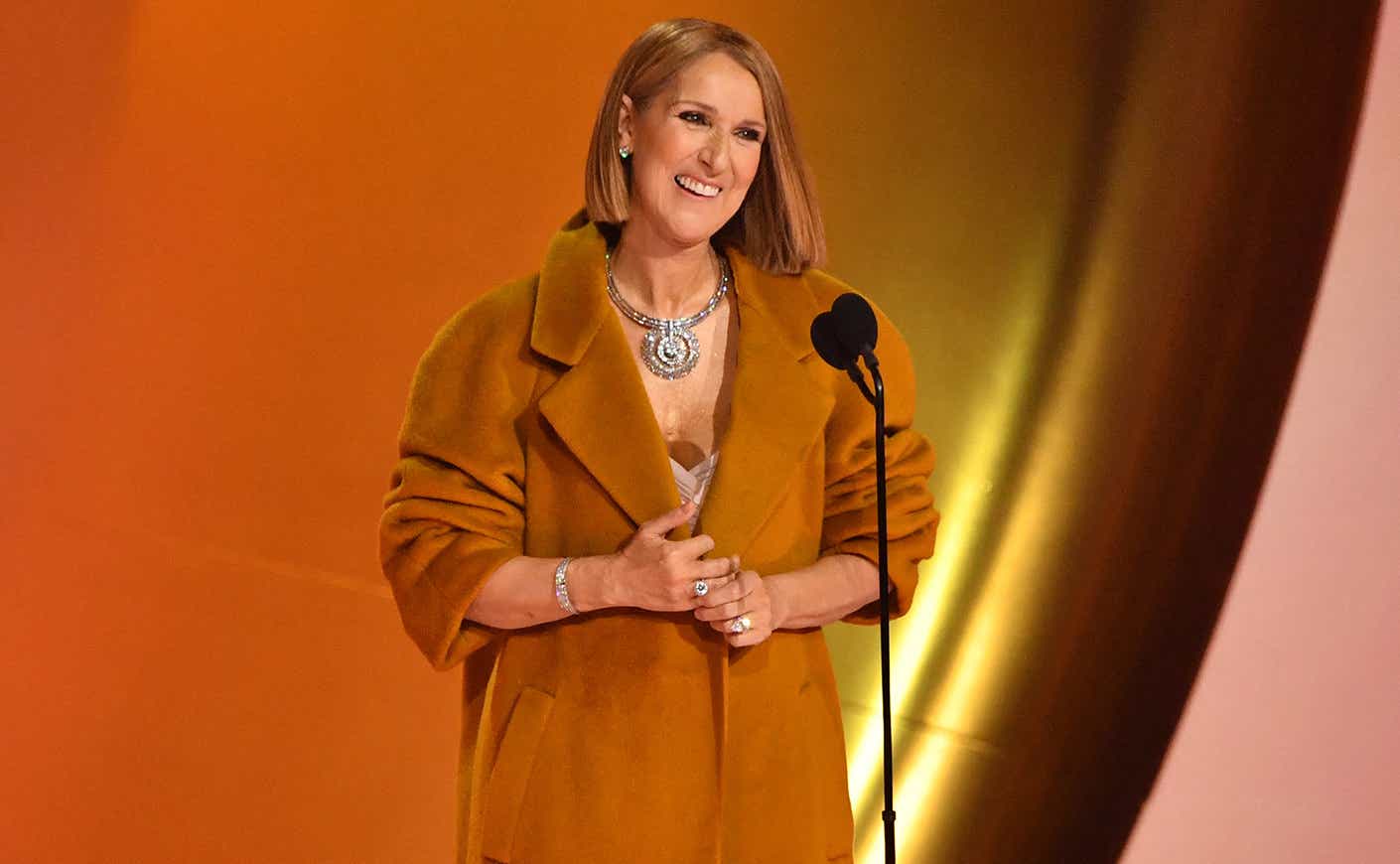Here’s what you should know about this rare neurological disorder.
Celine Dion is sharing new insight into her battle with her battle with Stiff Person Syndrome (SPS), a rare neurological disease that’s kept her from performing.
In a new cover story for Vogue France, the music icon opened up about her her road toward recovery, which she described as “a lot of work” — and that sounds like an understatement.
“We will find, I hope, a miracle, a way to cure it with scientific research, but I must learn to live with it. So that’s me, now with Stiff Person Syndrome,” Dion said. “Five days a week, I do athletic, physical, and vocal therapy. I work on my toes as well as my knees, calves, fingers, singing, voice.”
Although the regimen makes for a demanding schedule, Dion added that the support of her children, her family, and her fans have encouraged her to keep up with all the treatments and training she’s undergoing.
“I have two choices. Either I train like an athlete and I work super hard, or I disconnect and it’s over, I stay at home, I listen to my songs, I stand in front of my mirror and I sing to myself,” Dion said. “I chose to work with all my body and all my soul, from head to toe with a medical team. I want to be my best self. My goal is to see the Eiffel Tower again!”
And in case anyone out there might doubt that possibility, Dion added: “I have this strength in me. I know nothing is going to stop me.”
The superstar originally went public with her diagnosis in 2022, explaining that Stiff Person Syndrome causes spasms and muscle rigidity, and it affects “every aspect of my daily life, sometimes causing difficulties when I walk and not allowing me to use my vocal cords to sing the way I am used to.”
The 56-year-old was booked for a European tour scheduled for 2023, which she initially postponed and eventually cancelled.
“I’m so sorry to disappoint all of you once again. I’m working really hard to build back my strength, but touring can be very difficult even when you’re 100 percent,” Dion said in a statement. “It’s not fair to you to keep postponing the shows, and even though it breaks my heart, it’s best that we cancel everything now until I’m really ready to be back on stage again. I want you all to know, I’m not giving up…and I can’t wait to see you again!”
Shortly after announcing the diagnosis, Dion said that she was “working hard with a sports medicine therapist every day” to recover and hopefully perform once again. She then made a surprise appearance at the 2024 Grammy Awards, presenting the prize for Album of the Year to Taylor Swift — and earning a standing ovation for herself.
“Thank you all. I love you right back,” Dion said during the Grammys. “When I say that I’m happy to be here, I really mean it from my heart.”
More recently, Dion observed International Stiff Person Syndrome Awareness Day on March 15 by sharing a sweet photo with her three sons and sharing her support for others fighting this rare condition.
“Trying to overcome this autoimmune disorder has been one of the hardest experiences of my life, but I remain determined to one day get back onto the stage and to live as normal of a life as possible,” Dion wrote on Instagram. “I want to send my encouragement and support to all those around the world that have been affected by SPS. I want you to know you can do it! We can do it!”
What is Stiff Person Syndrome?
The disease is very rare, impacting only one or two people in a million, according to the Stiff Person Syndrome Center at Johns Hopkins Medicine. Its main symptoms are violent muscle spasms and stiffness, which can be triggered by a wide variety of things, like cold weather, sudden movement, loud noises, or stress. That may make activities like walking difficult and can lead to greater impairment down the road.
Researchers haven’t pinned down what causes the disorder, but think it may be an autoimmune reaction where the body attacks nerve cells responsible for muscle control. According to Yale Medicine, most people begin experiencing symptoms between the ages of 30 and 60.
There is currently no cure for the ailment. Most treatment focuses on helping patients relieve their spasms with sedatives and muscle relaxants. Physical therapy, as Dion mentions, is also key to managing the condition.








